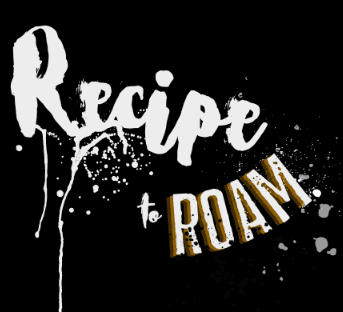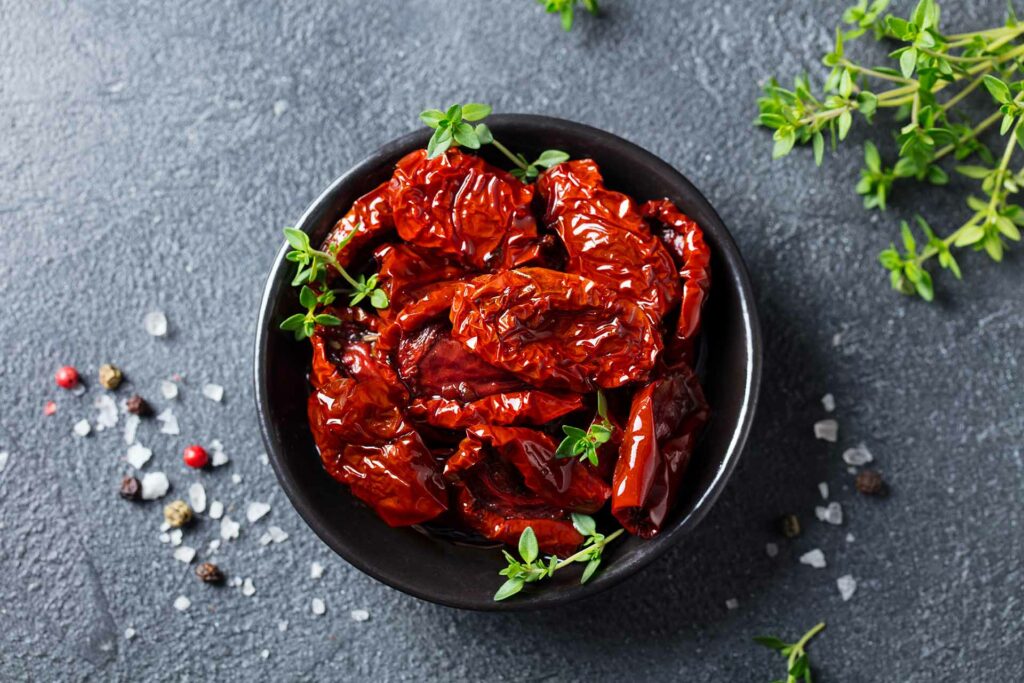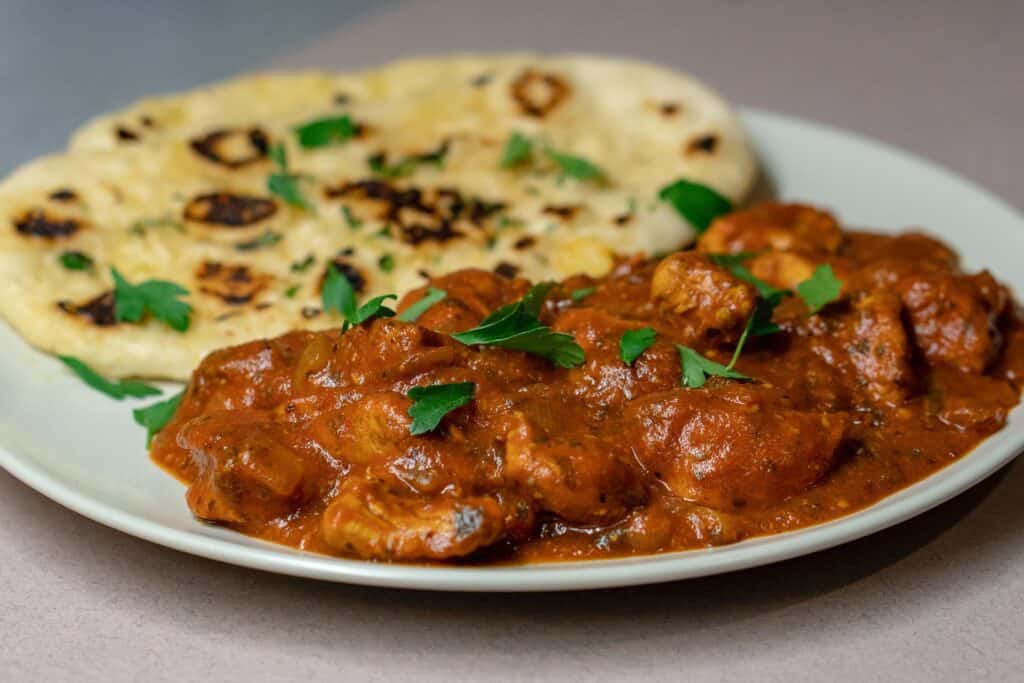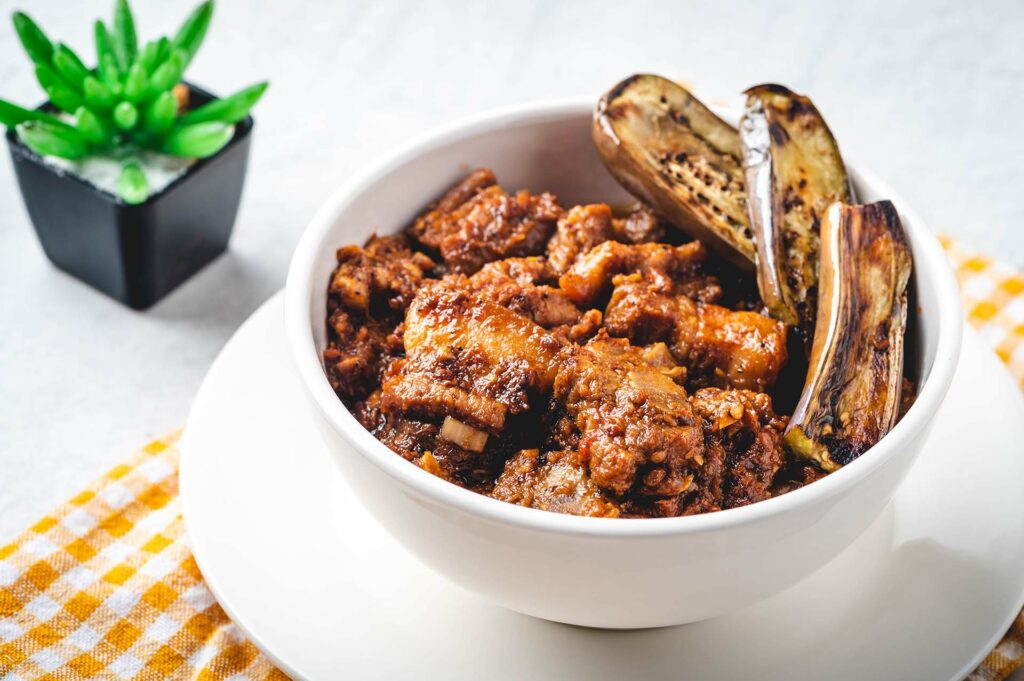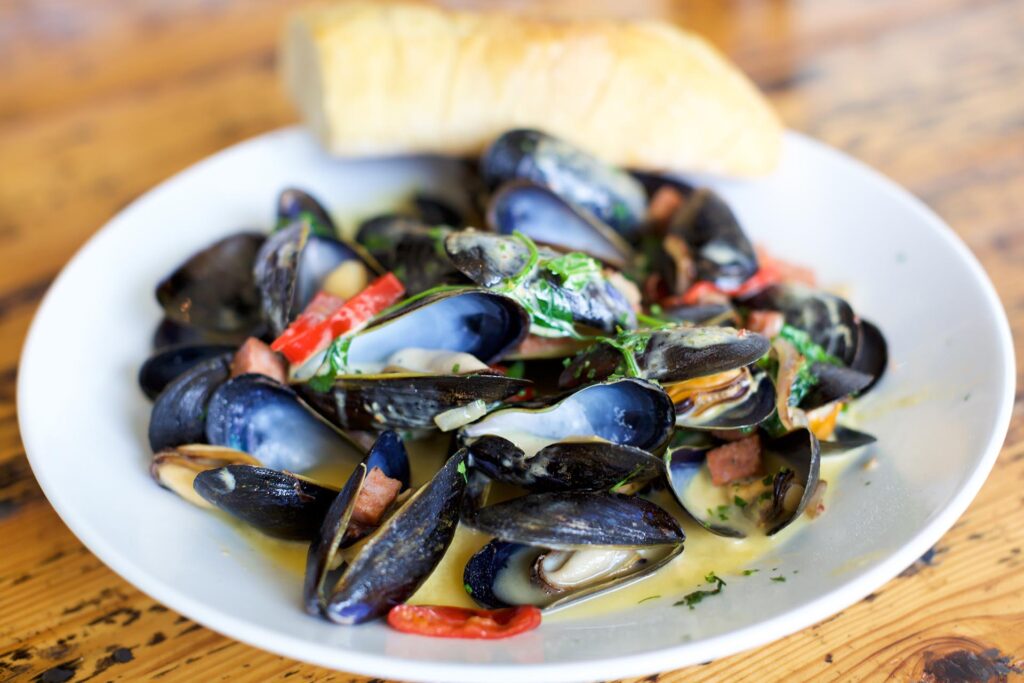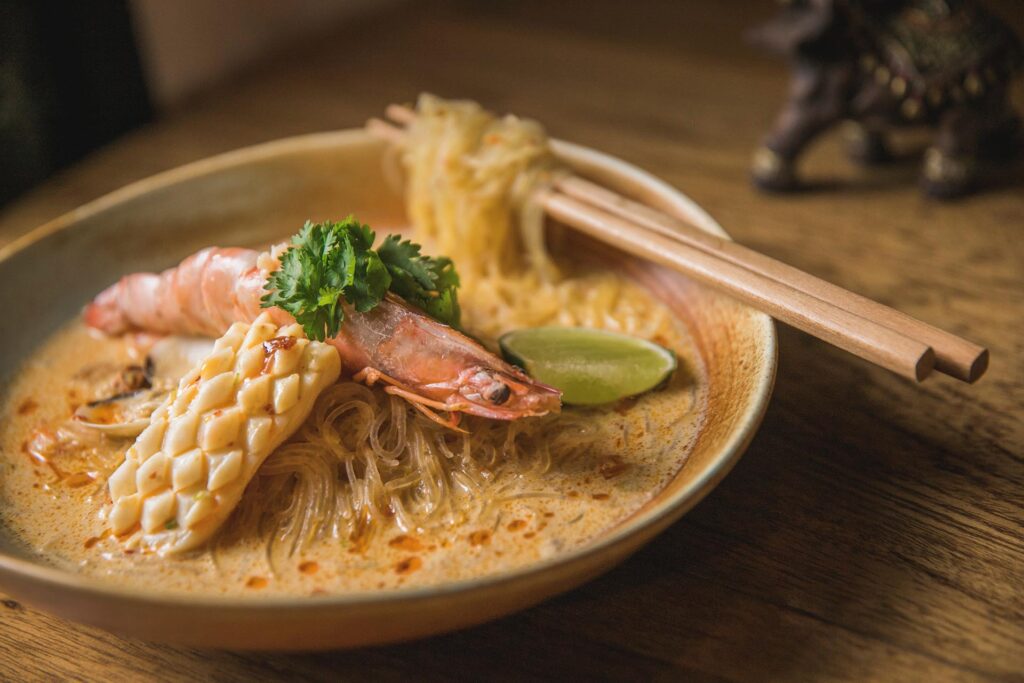Exploring the Similarities and Difference of Spring Rolls and Egg Rolls
You’ve probably been at a party or a restaurant, faced with a tray of tasty morsels and found yourself wondering, “Is this a spring roll or an egg roll?” At first glance, they might appear to be identical. But peel back the crispy layers, and there’s a world of difference waiting to be discovered. In this post, we delve into the heart of the “spring roll vs egg roll” debate, exploring the differences and similarities between these Asian culinary staples.
Spring rolls and egg rolls are two popular and delicious Asian delicacies. Although they look similar, these two popular dishes are quite different in terms of ingredients, cooking methods, and flavour profiles. For many people, the debate over which is better invariably comes up – spring roll vs egg roll – but ultimately it boils down to individual tastes.
The Origins
The spring roll, also known as the “fresh spring roll” or “summer roll,” is believed to have originated in the regions of China and Vietnam. The traditional ingredients for a spring roll include rice paper, vegetables (such as leafy greens and cabbage), herbs, and shrimp. Unlike the egg roll, spring rolls are not deep-fried and are served at room temperature.
The egg roll we have now is originally a Chinese spring roll, but it has changed and developed into a new creation in the early 1900s by Chinese-Americans. Although they have the same origins, the American version has distinct features that make it different.
Ingredients and Preparation
Spring Roll Ingredients and Preparation
Thin and delicate wheat or rice flour wrappers are usually used to make spring rolls. These rolls are filled with a variety of ingredients, such as vegetables, pork, shrimp, and sometimes glass noodles, depending on the region. The rolls are then fried or served fresh, depending on the variation.
For example, Vietnamese spring rolls are typically filled with pork, shrimp, vegetables and served with lettuce, mint leaves and Vietnamese dipping fish sauce.
Egg Roll Ingredients and Preparation
Unlike spring rolls, egg rolls are fried and have a thicker, puffier wrapper that often contains egg, which is why they are called egg rolls. This gives them a heavier, bread-like texture, and the filling usually includes cooked cabbage, pork, and sometimes shrimp or chicken. The result is a rich flavour and crispy texture.
Visual and Taste Differences
Visual Differences Between Spring and Egg Rolls
Visually, spring rolls are usually slimmer and have a smooth, light golden exterior when fried; their counterparts, egg rolls, are larger with a bubbly, crispy exterior due to their egg-based wrapper. The wrappers of spring rolls are semi-transparent when fresh, revealing their vibrant fillings.
Taste Differences Between Spring and Egg Rolls
Taste-wise, the differences between these two delicacies are striking. Spring rolls have a light, delicate flavour profile, with the fillings’ freshness coming through. They can be served with a variety of dipping sauces, like soy sauce, sweet and sour sauce, or peanut sauce, allowing for a wider variety of flavour profiles.
Egg rolls, on the other hand, are heartier and denser. Their robust flavour comes from the cooked filling, complemented by the rich, crunchy texture of the deep-fried wrapper. They are typically served with soy sauce or hot mustard.
Nutritional Differences
In terms of nutrition, spring rolls have the edge. Thanks to their thin wrapper and vegetable-heavy filling, they are typically lower in calories and fat compared to egg rolls. However, this can vary significantly depending on the specific recipe and preparation method.
Egg rolls, due to their thicker wrapper and fried preparation, usually contain more calories and fat. However, they can also be higher in protein, especially when filled with meat.
Variations Around the World
Both spring and egg rolls have sparked various interpretations around the world. For instance, the Vietnamese spring roll, or Gỏi cuốn, is served fresh with a mix of vermicelli noodles, herbs, and meat or shrimp. Filipino lumpia, another spring roll variation, comes in sweet and savoury versions.
Spring Roll vs Egg Roll: Which is better?
In the grand debate of “spring roll vs egg roll,” the winner really depends on your taste buds. If you’re seeking a lighter, crispier bite, a spring roll might be your best bet. But if you’re craving something heartier and richer, go for the egg roll. Either way, both offer a delicious experience of Asian cuisine that goes beyond their crispy exteriors.
In many ways, comparing spring rolls and egg rolls is like comparing apples and oranges; they may come from the same family tree, but they offer distinct flavours, textures, and culinary experiences. So, why not enjoy both and appreciate the variety?
So, are you team spring roll or team egg roll? Maybe you have a unique recipe or a favourite place to get them? We’d love to hear about your experiences with these two delicious dishes.
Please feel free to share your thoughts in the comment section below. Let’s keep this crispy conversation rolling!
